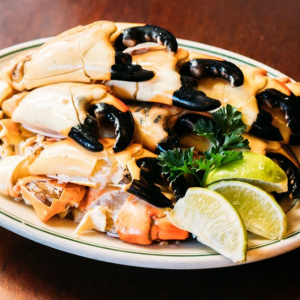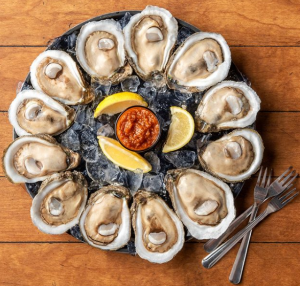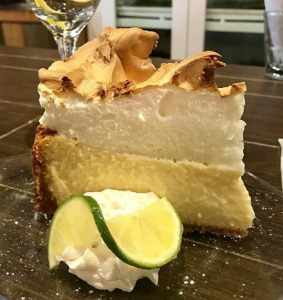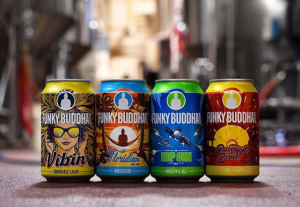
Getting great reviews. That should be the goal of any restaurant, shouldn’t it? To have your restaurant praised for what it does best, and shouted out to the world; that’s what any restaurant or hotel owner truly desires.
Reviews aren’t just marketing. Their core component is that they’re authentic. People trust reviews more than anything you could possibly tell them from an official channel.
The difficult part, of course, isn’t getting people to enjoy the experience. (Your establishment is great already, right?) It’s getting people to actually go through with the review. Read ahead for five easy ways to get more reviews in your restaurant or hotel.
Go The Extra Mile
Unfortunately, getting a review requires more than just good food and good service. Getting a review requires you to do something that makes customers think to themselves: “Wow, that was really cool… Maybe I should leave a review!”
You see, once the customer checks out, they’ve already paid for your services. The transaction between establishment and customer is complete. They don’t feel like they owe you anything anymore.
Why should they take their time to post a review?
The key lies in the psychological concept of reciprocity. As defined by Dr. Robert Cialdini, in his book, Influence: The Psychology of Persuasion, reciprocity is the mental pull that we feel to reciprocate when something is given.
Establish something unexpected that you’ll do for customers. Whether it’s free bread for the table, a complementary dessert, chocolates or mints with the receipt, or even all of the above, it’s often the little things that influence people.
Find Out Which Review Platform To Cater To
Knowing which review sites your audience seem to favor will help you in encouraging them to post reviews about you. Here’s a helpful trick. First, run through the top review sites. We’ve listed a few of them here for your convenience.
● Yelp
● OpenTable
● Google
● Zomato
● Foursquare
● TripAdvisor
Check your local competitors on each of them. Analyze who’s getting reviews and on which sites. It’s important to understand what type of audience each site attracts and how your establishment can leverage customers to gain positive reviews. Hopefully, your competitors can provide some of that insight.
Also, (this should really go without saying) make sure that your hotel or restaurant is listed to begin with!
Social Media
Social media, much more so than targeted review sites, is a little bit easier to get recommendations on. The likelihood that customers might post something positive about your restaurant, especially in the heat of the moment, following an excellent night out, is substantially higher.
Whereas posting on targeted review sites might be a hobby for some customers, posting recommendations and reviews via social media tends to be more well, social. Doubling down on your social media marketing is an awesome way to promote these types of reviews.
Be Constructive
It’s hard to avoid the occasional negative review. Whether justified or not, for one reason or another, there’s always something to be gained from such criticism. Be constructive by addressing each complaint with diligence and concern. Respond to reviews so that these customers know that you’re listening.
You won’t be able to erase a negative review, but you can counteract it with future positive reviews. For example, let’s say I’m researching a restaurant I’m considering to eat at. I go to my review site of choice and being scrolling. I notice that the most recent bad review is from a few years ago, and that since then, the majority of reviews have been fairly positive. In fact, one of the more recent reviews even mentions how much the restaurant has improved in the last couple years!
Get Better Reviews With CoGoBuzz
Do you need more reviews in your establishment? Get better reviews easily and automatically with CoGoBuzz, our incredible state-of-the-art marketing service.
Leveraging powerful WiFi, SMS, and Email solutions, CoGoBuzz connects directly to your customers’ mobile devices, – heightening engagement both in-store and out. Featuring a built-in custom landing page (tailored to your hotel or restaurant), accessed automatically through a one-time connection to the HotSpot, you can promote and incentivize customers to provide feedback.
CoGoBuzz comes with a fully-digital, text-based loyalty program, allowing you to connect with your loyal customers wherever they go. Engage and reward them to help promote more positive reviews!
Article written by the CogoBuzz team. To learn more about CoGoBuzz, visit www.cogo.buzz.








